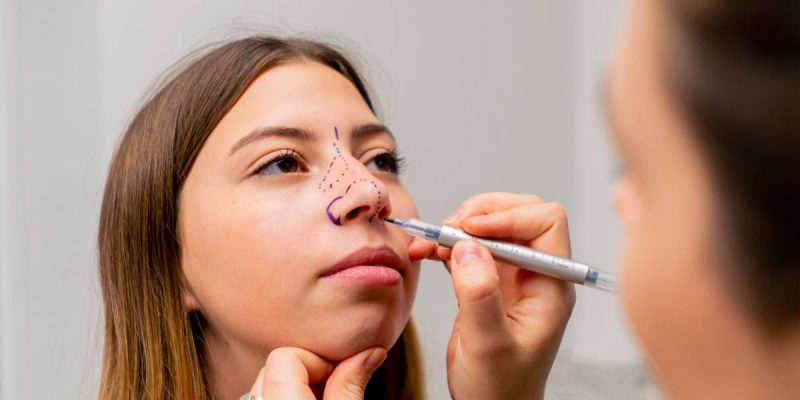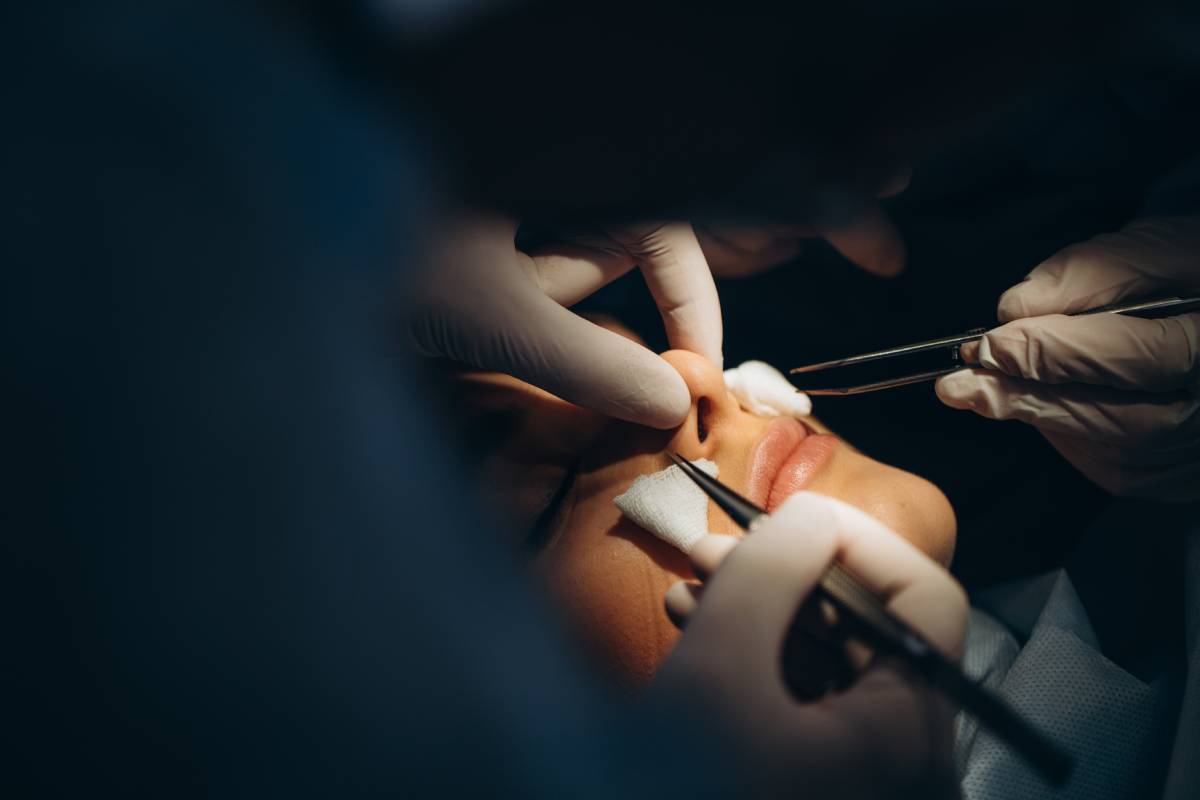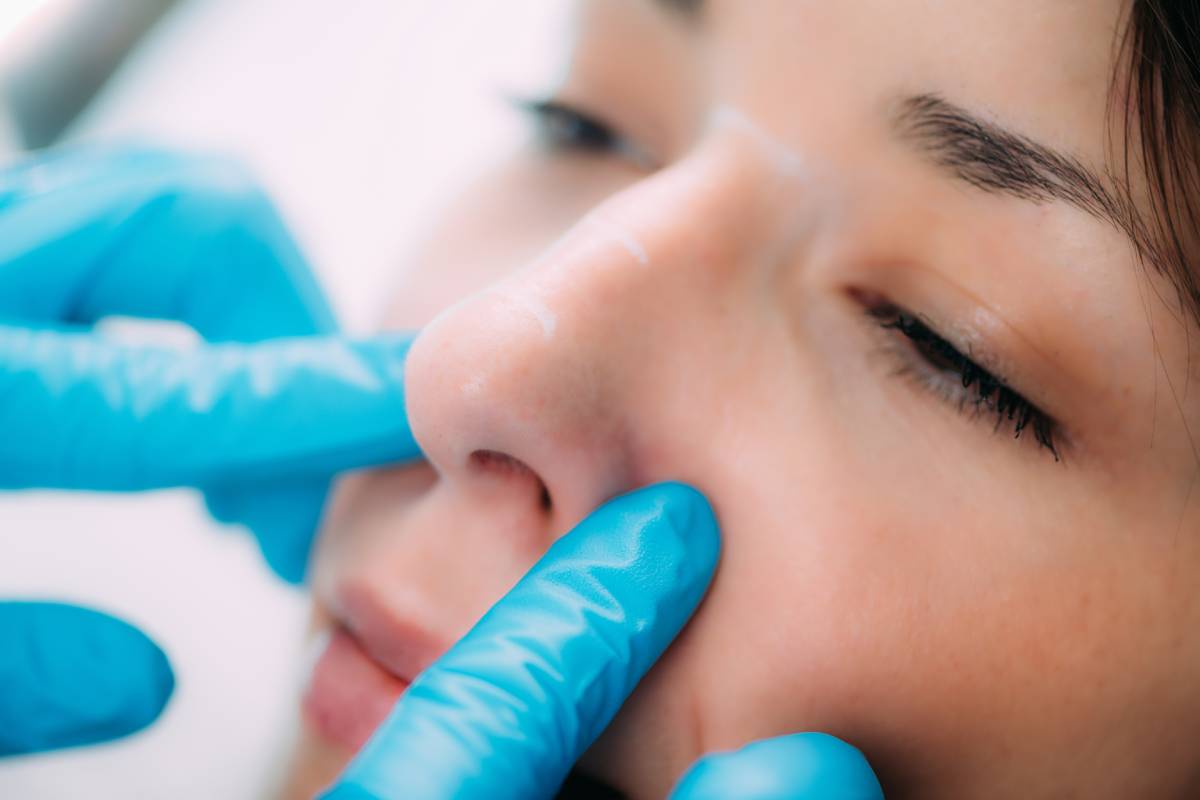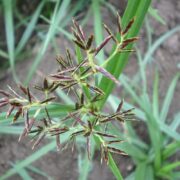Nose surgery, also known as rhinoplasty, is one of the most sought-after cosmetic procedures worldwide. Whether it’s for aesthetic purposes, improving breathing, or correcting deformities, rhinoplasty can significantly enhance facial harmony.
But how many types of nose surgeries are there, and which one is best suited for your needs? This article delves into the various types of nose surgery, their purposes, and how to determine which procedure is right for you.
You might also read:
- What’s the difference between a Thai massage and a deep tissue massage?
- What are the 12 components of physical fitness? How do I know if I am fit? How can I test my fitness?
- What Causes Migraines? What Are The Symptoms and How To Treat Them?
Types of Nose Surgery
Rhinoplasty procedures can be broadly classified into two main categories: cosmetic rhinoplasty and functional rhinoplasty. Each type serves a different purpose, but there is often an overlap between the two, as both can be done simultaneously to address both aesthetic and functional concerns.
1. Cosmetic Rhinoplasty
Cosmetic rhinoplasty is the most common type of nose surgery. It is performed to improve the appearance of the nose, making it more symmetrical and balanced with the rest of the face. People opt for cosmetic rhinoplasty for various reasons, including reducing a hump, narrowing the nostrils, altering the tip of the nose, or straightening a crooked nose. Here are some specific types:
- Reduction Rhinoplasty: This procedure involves removing or reshaping the nose’s cartilage and bone to make the nose smaller or more proportionate to the face. It’s often chosen by individuals who feel their noses are too large or prominent.
- Augmentation Rhinoplasty: In contrast, augmentation rhinoplasty adds volume to the nose, often to build up a flat or underdeveloped nose. This can involve the use of implants or cartilage grafts, and it’s commonly performed on individuals who feel their nose lacks definition or structure.
- Nasal Tip Surgery: Some patients focus specifically on altering the tip of the nose. Whether the tip is drooping, bulbous, or overly wide, nasal tip surgery can be performed to improve its appearance.
- Alar Base Reduction: For individuals with wide or flared nostrils, this procedure reduces the size of the nostrils by reshaping the alar base, creating a more refined look.
2. Functional Rhinoplasty
Functional rhinoplasty is aimed at improving the function of the nose, particularly in patients who experience breathing difficulties due to structural issues like a deviated septum or nasal obstruction. While this type of surgery is medically necessary for many individuals, it can also be combined with cosmetic procedures for a more comprehensive result.
- Septoplasty: This is one of the most common functional rhinoplasty procedures, performed to correct a deviated septum. A deviated septum can block the nasal passage, making it difficult to breathe properly. Septoplasty realigns or removes parts of the septum to improve airflow.
- Turbinoplasty: This surgery is performed to reduce the size of the turbinates, which are structures inside the nose that help filter and humidify air. Enlarged turbinates can contribute to nasal congestion and difficulty breathing, so rhinoplasty aims to correct this problem.
- Rhinoseptoplasty: This is a combination of septoplasty and cosmetic rhinoplasty. It’s often done to correct both functional and aesthetic issues, such as fixing a deviated septum while also improving the appearance of the nose.
3. Revision Rhinoplasty
Revision rhinoplasty is performed on individuals who are dissatisfied with the results of a previous nose surgery. This procedure aims to correct issues such as asymmetry, breathing difficulties, or aesthetic concerns that were not addressed in the original surgery. Revision rhinoplasty is typically more complex due to the presence of scar tissue and changes in the nasal structure, and it may require advanced surgical techniques.
4. Non-Surgical Rhinoplasty
For those who are looking for a temporary and less invasive solution, non-surgical rhinoplasty offers a viable option. This procedure involves injecting dermal fillers, such as hyaluronic acid, into the nose to smooth out bumps, lift the nasal tip, or add volume to areas that need enhancement. Non-surgical rhinoplasty doesn’t require general anaesthesia, and the results are temporary, lasting around six to twelve months. This can be a great option for individuals looking to test changes to their nose without committing to surgery.
Choosing the Right Type of Nose Surgery for You
The best type of nose surgery for you depends on several factors, including your aesthetic goals, medical history, and the functional issues you may want to address. Here’s a guide to help you decide:
- Consider your goals: Are you primarily interested in enhancing your nose’s appearance, or do you have functional concerns such as breathing difficulties? If you’re looking for cosmetic changes, cosmetic rhinoplasty might be your ideal option. If you’re having trouble breathing, functional rhinoplasty or a combination of functional and cosmetic surgery may be more appropriate.
- Assess your facial features: If you want to ensure that your nose complements the rest of your face, it’s important to consult with a surgeon who can assess your facial proportions and recommend a surgery that will enhance your overall appearance.
- Consult with a qualified surgeon: Rhinoplasty is a complex procedure that requires skill and experience. It’s crucial to consult with a board-certified plastic surgeon who specializes in rhinoplasty. They can guide you through the process, explain your options, and help you understand what to expect from surgery.
- Consider non-surgical options: If you’re hesitant about committing to a permanent change, you may want to start with a non-surgical rhinoplasty to see how subtle changes might improve your appearance.
Is Nose Surgery Safe in Thailand?
Thailand has become one of the top destinations for medical tourism, especially for cosmetic surgeries like rhinoplasty. With its well-established medical infrastructure, highly trained surgeons, and more affordable costs, many people opt to have nose surgery in Thailand.
But how safe is it, and what factors should you consider when choosing to undergo the procedure in Thailand?
Safety in Thailand
Thailand is home to several internationally accredited hospitals that offer rhinoplasty with a high standard of care. Many of these hospitals have surgeons who are trained and certified by international medical organizations, ensuring that you are in safe hands.
So, having nose surgery in Thailand is considered pretty safe. However, as with any surgery, the key to a safe and successful procedure lies in choosing a qualified and experienced surgeon. It’s important to research potential surgeons thoroughly, read reviews, and ensure that the hospital or clinic you choose has a good reputation and certification from global health organizations.
Cost of Nose Surgery in Thailand
One of the main reasons people choose to have nose surgery in Thailand is the cost. Rhinoplasty in Thailand can be significantly more affordable compared to countries like the United States, Australia, or the UK.
The price of a nose job in Thailand typically ranges from $1,500 to $5,000, depending on the complexity of the procedure, the surgeon’s experience, and the clinic’s reputation. This is a fraction of the cost in Western countries, where prices can exceed $10,000.
Aftercare and Recovery
Aftercare is an essential part of the recovery process, and in Thailand, many clinics provide excellent post-operative care. Surgeons typically offer follow-up consultations to ensure that you’re healing properly, and many have English-speaking staff to assist international patients.
However, as with any surgery abroad, it’s important to stay for a sufficient period after the surgery to ensure that you’re healing well before returning home.
Conclusion
Nose surgery is a versatile procedure that can address both aesthetic and functional concerns. Whether you’re looking for cosmetic improvements or need to correct breathing issues, there are various options available to help you achieve your desired results.
Deciding on the best type of surgery for you requires careful consideration of your goals, facial features, and consultation with a qualified surgeon.
If you’re considering rhinoplasty in Thailand, the country offers many reputable clinics with affordable prices and experienced surgeons. However, ensure you thoroughly research your options to guarantee a safe and successful outcome.
With proper planning and care, nose surgery can provide long-lasting improvements in both appearance and function, helping you achieve a more balanced and confident look.






















